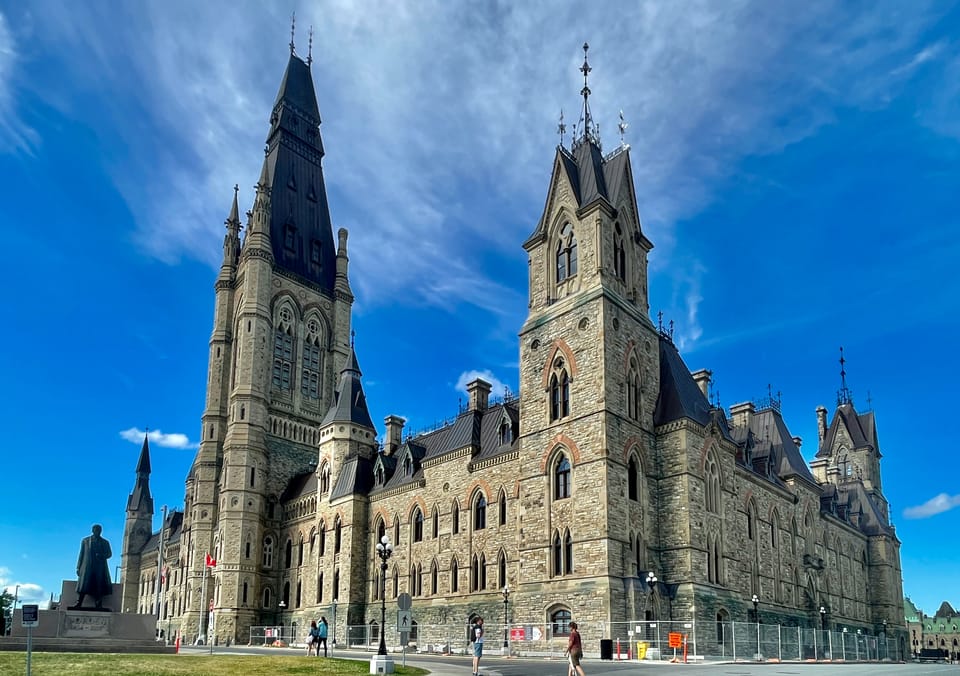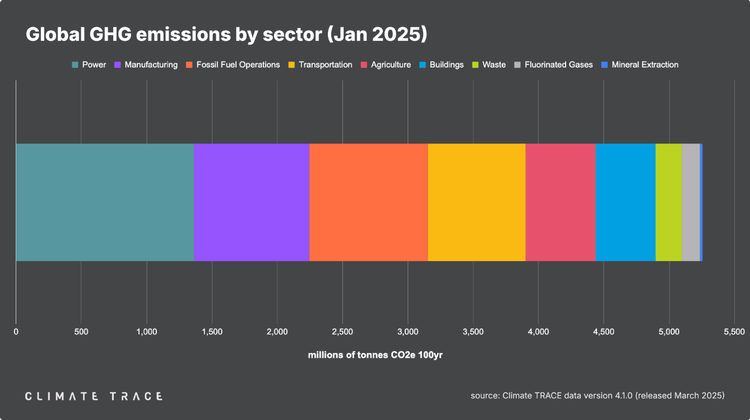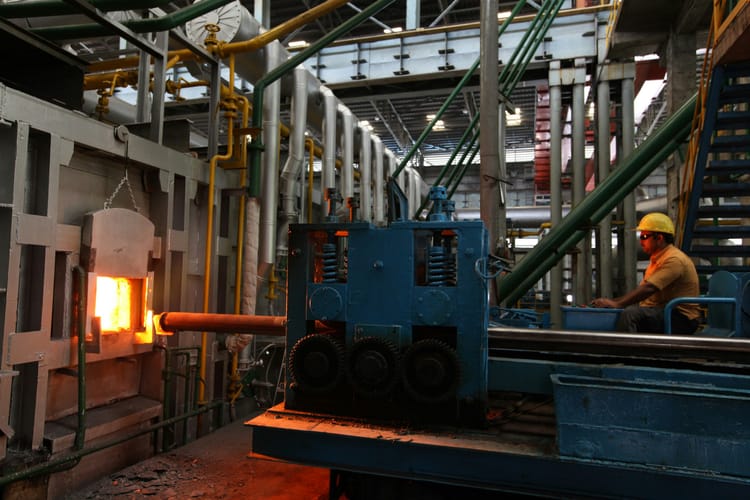Canada introduces regulation to cap oil and gas emissions

The government of Canada has released a draft regulation that, if adopted, would cap emissions from the oil and gas sector at a level 35% lower than 2019 levels.
The bill is part of Canada’s 2030 Emissions Reduction Plan, a sector-by-sector roadmap to reduce the country’s overall emissions to 40-45% below 2005 levels. It plans to introduce a cap-and-trade system in the oil and gas sector, whereby any excess emissions will have to be compensated by purchasing “compliance units” – a kind of regulated carbon credit.
The system aims to “recognise better-performing companies and incentivise those that are higher polluting to invest in making their production processes cleaner”, the government said in a statement.
'A cap on pollution – not production'
Though presented as a “cap on pollution, not production”, the regulation seeks to redirect the sector’s record profits in recent years towards decarbonisation – including carbon capture, utilisation and storage (CCUS) – instead of new production. According to the government, operating profits in the Canadian oil and gas sector went from C$6.6 billion in 2019 to C$66.6 billion in 2022 – a tenfold increase.
“Every sector of the economy in Canada should be doing its fair share when it comes to limiting our country’s greenhouse gas pollution, and that includes the oil and gas sector. We are asking oil and gas companies who have made record profits in recent years to reinvest some of that money into technology that will reduce pollution in the oil and gas sector and create jobs for Canadian workers and businesses. The science is clear – greenhouse gas pollution must be reduced significantly and urgently to avoid the most severe impacts of climate change,” said Steven Guilbeault, Canada’s Minister of Environment and Climate Change.
Canadian oil and gas firms lag behind competitors on decarbonisation
Canada is the world’s fourth-largest producer of oil and the fifth-largest producer of gas, and the sector is estimated to account for 31% of national emissions – the largest contributor to Canada’s carbon footprint.
And yet, the country’s oil and gas producers lag behind others in the sector when it comes to sustainability.
Canadian oil and gas companies include Suncor, Canadian Natural Resources and Cenovus Energy – which ranked 20th, 15th and 16th respectively in Carbon Tracker’s most recent assessment of the top 25 listed oil and gas companies’ alignment with the Paris Agreement.
In August 2023 Suncor announced a refocus towards the “fundamentals” – and scrapped its Chief Sustainability Officer role, which was held by Arlene Strom.
Final regulation to be published next year
“A cap on pollution from the oil and gas sector is a critical part of our thoughtful plan to fight climate change and build a strong economy. As the world moves toward a low-carbon future, the cap will ensure the long-term economic competitiveness of a sector that employs hundreds of thousands of Canadians and drives significant wealth by ensuring Canada will supply products that offer a low-carbon footprint.
Countries around the world are moving actively, including Canada’s democratic allies and other major countries, including China. We can choose to stick our heads in the sand and get left behind, or we can choose to act. Today, we are acting,” added Jonathan Wilkinson, Canada’s Minister of Energy and Natural Resources.
A formal consultation period will open from November 9, 2024 to January 8, 2025, with the final regulation due to be published next year.







Member discussion